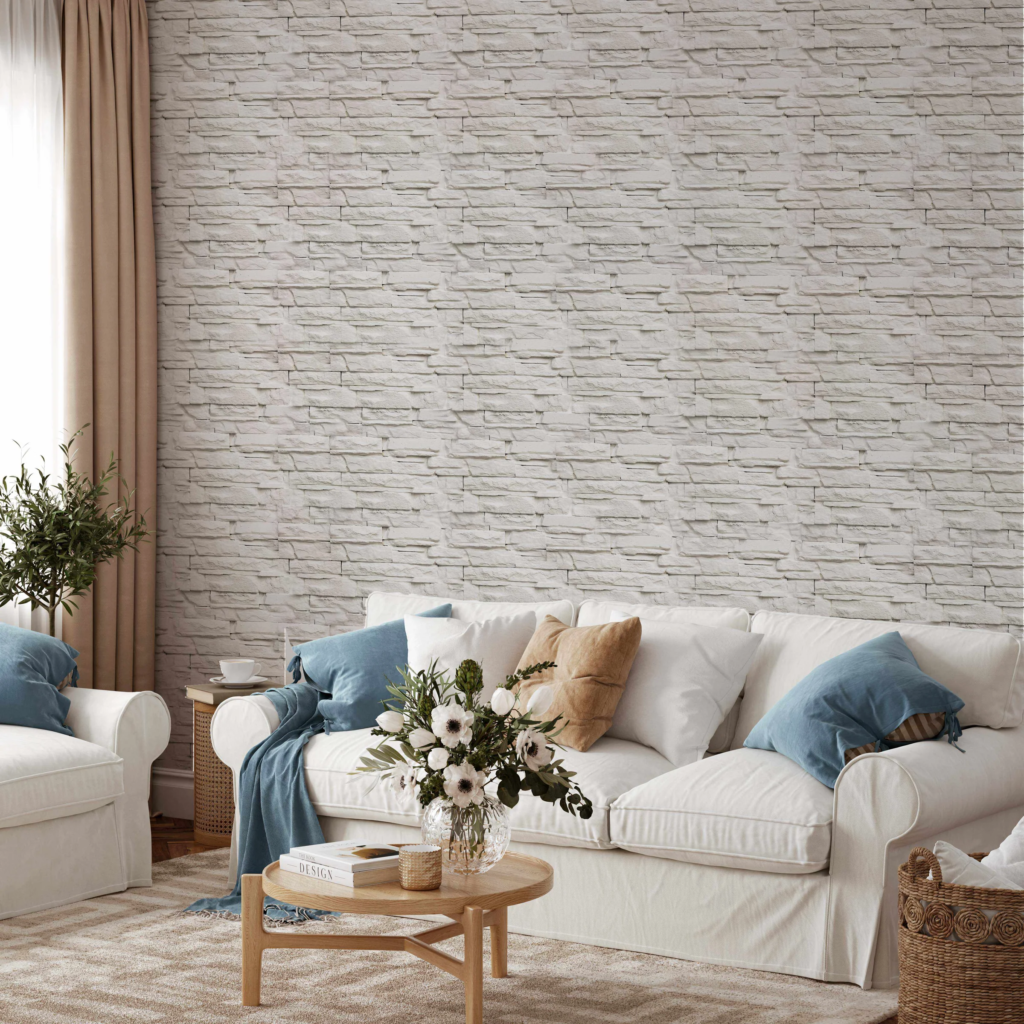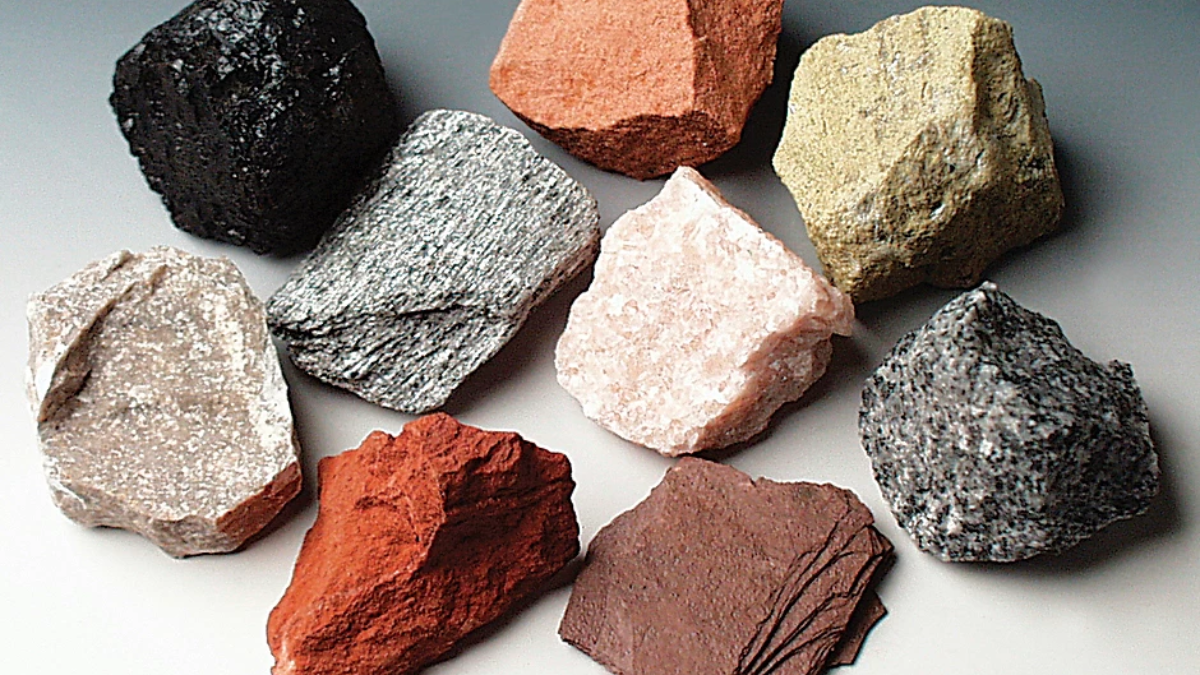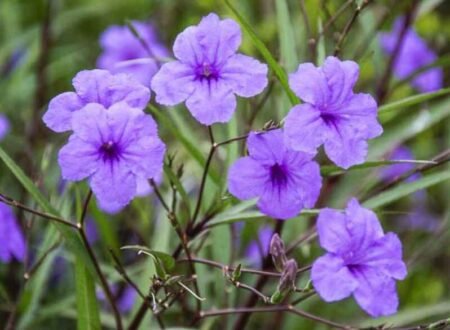
Limestone, a sedimentary rock forged from the skeletal remnants of marine organisms, primarily comprises coral and mollusk remains, among those of diverse creatures. Given its global prevalence, limestone sourced from different regions boasts unique compositions of creature remains and assorted minerals within a singular quarry, rendering each limestone batch distinctive. This individuality manifests prominently in the kaleidoscope of colors inherent in limestone, with each hue representing distinct sediments that refract light and color within the rock. Delve into the myriad colors limestone encompasses and discover the ideal settings for their application.

Formation of Limestone

Originating in oceanic beds, limestone emerges as a composite of calcium carbonate and various materials. The composition of additional materials in limestone varies based on its formation location, influenced by the mineral content and deposits of oceanic organisms within different oceans. While ‘true’ limestone exhibits a white hue, the stone presents a vast array of colors.
Limestone Display a Range of colors

It is crucial to acknowledge that, owing to its natural origins, no limestone slab boasts perfect uniformity in color or texture. Each piece stands as a unique entity, even within a single slab that may showcase notable variations. When selecting a limestone color for your residence, embrace the potential of color variations within a slab to instill depth in your customized home design.
White, Beige, and Cream

Predominantly, limestone manifests in white, beige, and cream tones. Varieties like Fine White, Rhine White, Yulan Beige, and Ivory Cream contribute an ethereal quality, opening up living spaces. These light hues are commonly employed in interior design elements such as stone kitchen hoods, fireplaces, and walls, imparting an upward visual pull. Additionally, their application extends to outdoor features, reflecting sunlight and maintaining coolness on decks, pathways, and pool surrounds.
Gray and Blue

Dark and evocative of the sea, gray and blue limestone diverge from their lighter counterparts. Frequently employed as floor tiles, exemplified by colors like Azul Monica, Sino Blue, Ruoms Adouci, and Vert Giverny, these hues introduce visual depth and find favor in contemporary home designs.
Brown and Red

The infusion of clay and iron oxide imparts a brown or red tint to some limestone varieties, such as Poiseul, Fontenary Dore, and Chassagne Violine. Those with a higher concentration of ‘pure’ limestone may even exude pink or rose tones, exemplified by Hauteville C Flamme or Rose De Bourgogne B5. These warm and inviting tones find their niche in entryways, kitchens, and guest bathrooms.
Dark Gray and Black

Darker limestone variants, including Pompignan and Ruoms, present opportunities for modern spaces, particularly in flooring applications.
Impression’s Limestone and the Panoply of Colors
Impression takes pride in delivering top-tier natural stone, including an extensive limestone collection boasting nearly 50 distinct colors. With such a diverse selection, crafting your dream custom home feature becomes a reality through Impression.
FAQs
Which color is pure limestone?
Typically, pure limestone is white.
Limestone: is it black or light?
In general, limestone leans toward the lighter end of the color range.
Lime Stone: Is It Green?
Limestone is not green by nature. White, beige, cream, gray, blue, brown, red, dark grey, and black are among its often occurring hues.
What color is limestone chemically?
White is the chemical color of pure limestone. The main chemical component of limestone, calcium carbonate (CaCO3), is responsible for this tint.
Concluding remarks
To sum up, pure limestone is a unique white color that leans more toward the lighter end of the spectrum. Its color is not naturally green. Because limestone contains so much calcium carbonate, the substance has a distinct white chemical tint. With its diverse natural colors, this versatile stone can be used for many construction and design applications.






